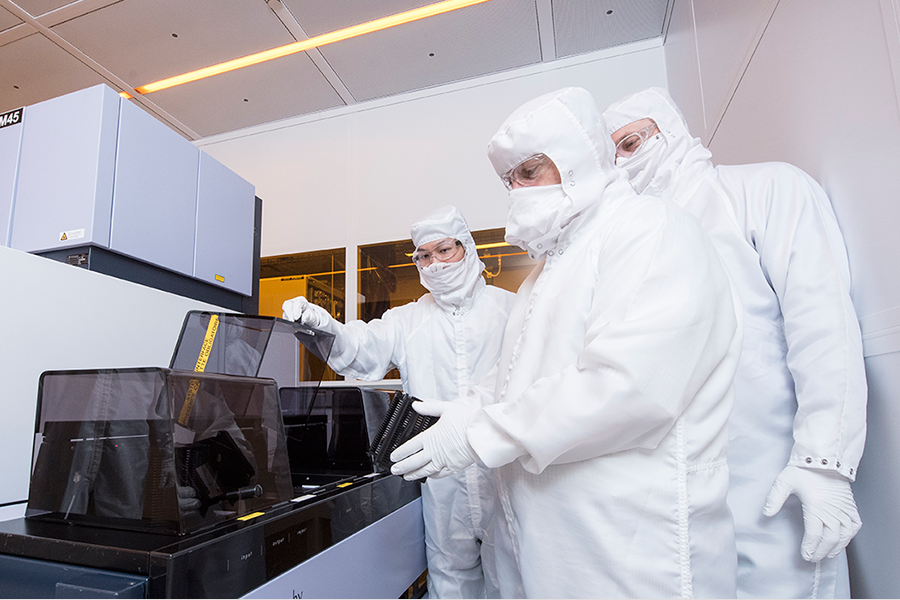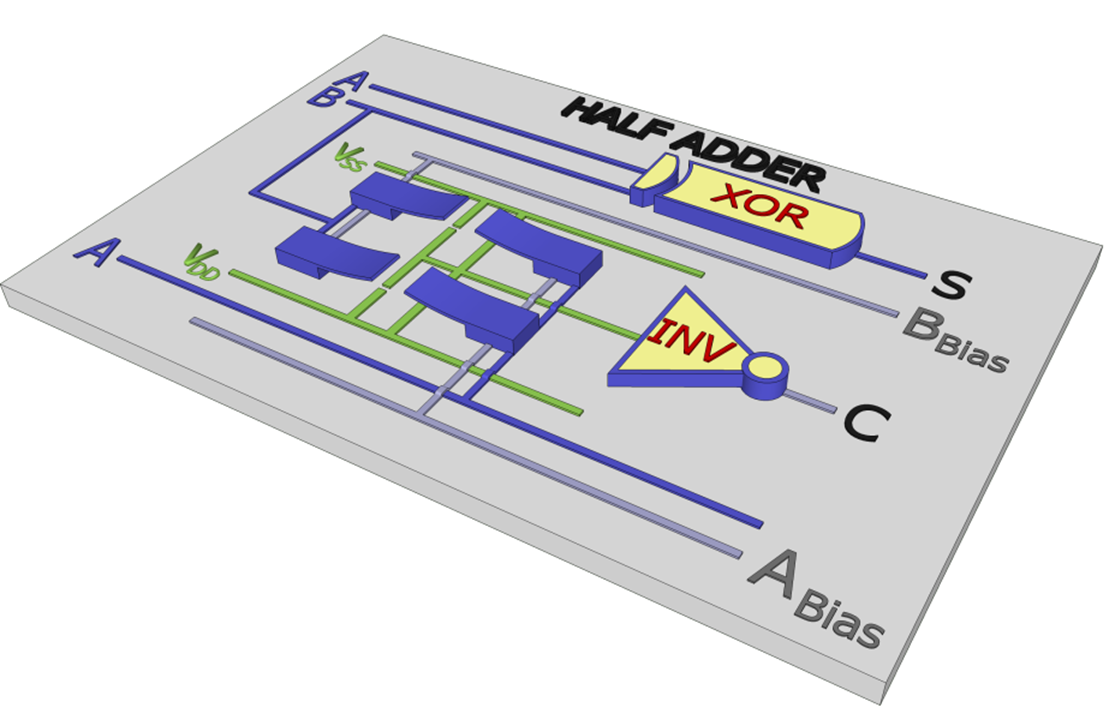
Transcending the transistor
By Daniel Carroll
Media InquiriesAt present, a number of compounding factors are converging to limit the future viability of traditional transistor technology. The end of the days of Moore’s Law and the difficulty in dissipating thermal energy created by increasingly densely packed electronics has the tech industry scraping the upper limit of its ability to maintaining advances in transistors apace with societal demands. Perhaps more importantly, our visions for a connected world proliferated with sensor networks serving a vast and diverse host of functions has generated a need for low-energy electronics that traditional transistors simply cannot meet alone.
Gianluca Piazza, professor of electrical and computer engineering, has developed a new form of switch called the piezoelectric nanoelectromechanical relay. This device, the subject of a recent patent award, could be the key to replacing semiconductor transistors in many applications.
His relays utilize mechanical energy—rather than changes in electronic characteristics, like transistors—to initiate a change in state. They also exhibit lower current leakage, cutting both energy usage and excess heat. These two combined characteristics mean that devices utilizing Piazza’s relays could potentially consume less energy than traditional electronics by multiple orders of magnitude.
Piazza and his group have already begun working with fellow researchers at Carnegie Mellon University, including Maarten de Boer of the Department of Mechanical Engineering. They’re investigating how to make this technology scalable and reliable and how to integrate these relays into computing architectures across various functions. The most pressing demand, sensors, is also the most promising. The relays’ low-energy demands mean that embedded sensors and implants may not necessarily require a battery and could instead harvest the small amount of energy they require from the environment around them or from the body, respectively.
With the last half a century of computing architecture design having been built around the traditional semiconductor transistor, the long-term effects of Piazza’s development could reach much farther than sensors.
“We strongly believe that this new technology is poised to revolutionize the field of computing,” says Piazza.
